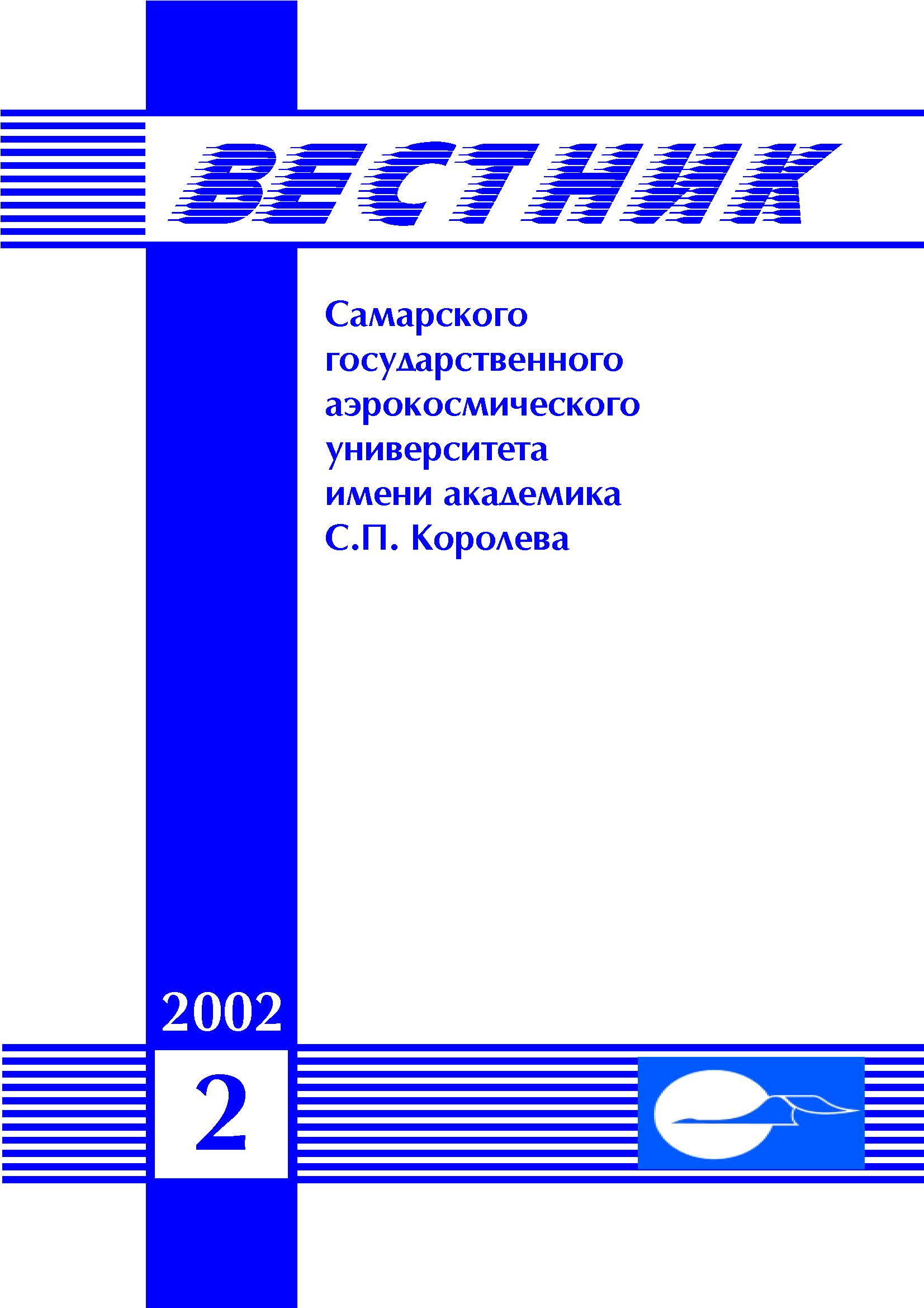Investigation of fuel spraying and mixing in the head of nk-type engine combustor
- Authors: 1 11, 1 11, 1 11, 1 11, 1 11
-
Affiliations:
- Central Institute of Aircraft Engine Construction named after Baranov, Moscow
- Issue: Vol 1, No 2 (2002): Special Issue
- Pages: 10-14
- Section: ISSUE WITHOUT SECTION
- URL: https://journals.ssau.ru/vestnik/article/view/1
- DOI: https://doi.org/10.18287/2541-7533-2002-1-2-10-14
- ID: 1
Cite item




















